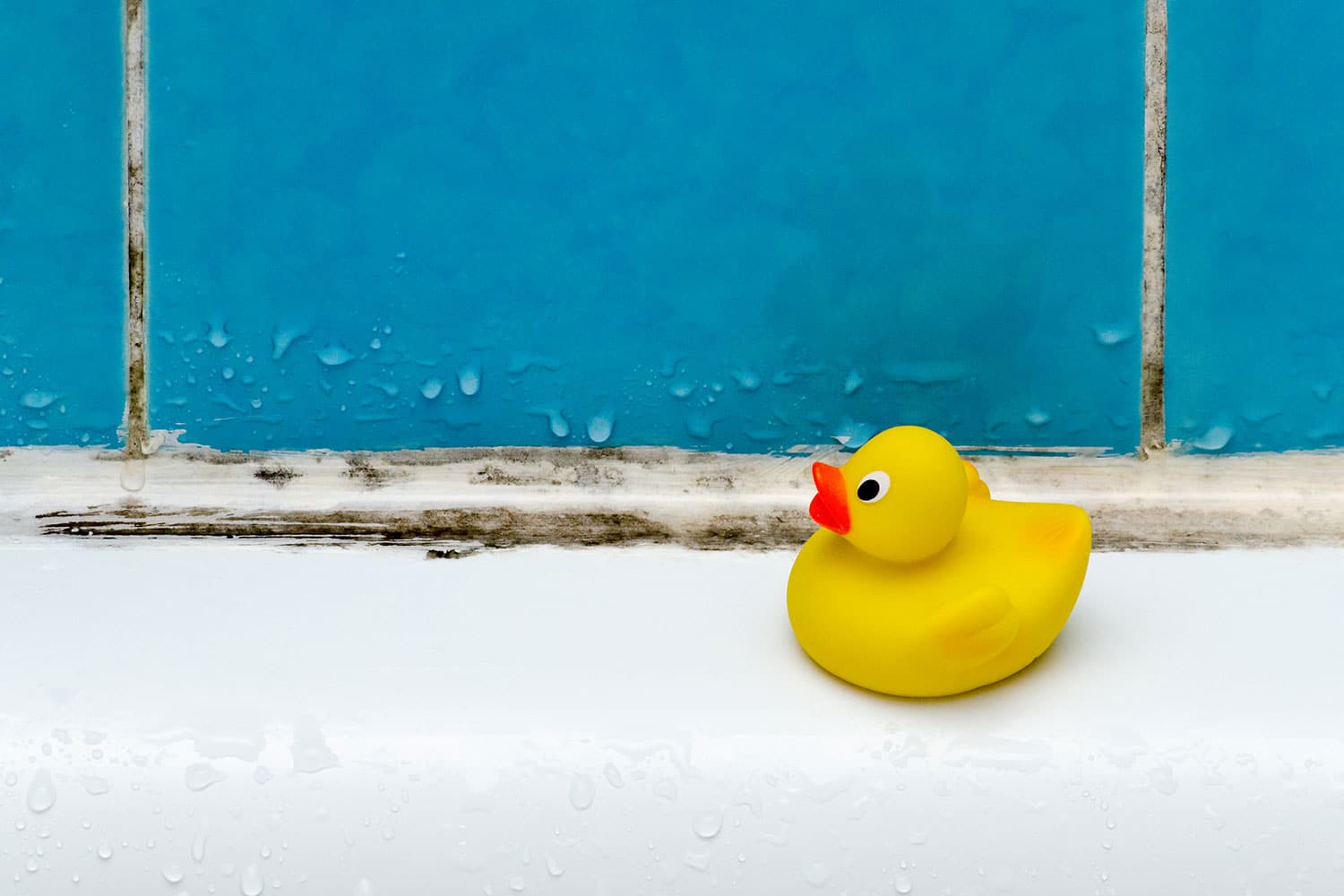What is the mold in a shower?
The mold in a shower typically refers to the growth of fungi or microscopic organisms that thrive in damp and humid environments. It appears as black or dark green patches, often in corners, on grout lines, or on the walls and ceiling of a shower.
Mold requires moisture, a food source, and warmth to grow. Showers provide an ideal environment for mold growth due to the frequent exposure to water and the presence of soap residue and other organic materials. When these conditions are met, mold spores present in the air can settle on surfaces and begin to multiply, leading to the formation of visible mold colonies.
Apart from being unsightly, mold in showers can pose health risks, especially for individuals with respiratory problems or allergies. It’s important to address mold growth promptly to prevent it from spreading further and to maintain a clean and healthy shower environment.
Regular cleaning and proper ventilation are key to preventing mold in showers. Using mold-resistant materials such as tile grout and bathroom caulk can also help inhibit mold growth. Additionally, promptly repairing any leaks or water damage in the shower area can prevent the accumulation of moisture that fuels mold development.
Is the mold in the shower dangerous?
While mold in the shower is generally not considered life-threatening, it can have negative effects on your health, especially if you are sensitive or allergic to mold. Some common health issues associated with mold exposure include:
Respiratory problems: Mold spores can cause or exacerbate respiratory conditions such as asthma, allergies, or respiratory infections. Breathing in mold spores can irritate the airways and lead to coughing, wheezing, congestion, and shortness of breath.
Allergic reactions: Some individuals may be allergic to mold, experiencing symptoms such as sneezing, itchy or watery eyes, runny nose, skin rashes, or hives upon exposure.
Skin irritation: Direct contact with mold or its spores can cause skin irritation, redness, or itching, particularly in individuals with sensitive skin.
It’s important to note that different people have varying levels of sensitivity to mold, so while some individuals may experience severe symptoms, others may be less affected. If you or anyone in your household experiences persistent or severe health issues that could be related to mold exposure, it is advisable to consult a healthcare professional.
To minimize the potential health risks associated with mold, it’s crucial to address and remove mold growth in the shower promptly. Regular cleaning, proper ventilation, and moisture control are key preventive measures to inhibit mold growth and maintain a healthy shower environment.

5 Steps to remove mold in showers and shower heads
To remove mold in showers and shower heads, follow these steps:
Safety precautions: Before starting the cleaning process, make sure to take necessary safety precautions. Wear gloves, a mask, and protective eyewear to minimize direct contact with mold and avoid inhaling mold spores.
Ventilate the area: Open a window or turn on the bathroom fan to ensure proper ventilation during the cleaning process. This helps reduce the concentration of mold spores in the air.
Clean the shower walls and surfaces: Start by thoroughly cleaning the shower walls, tiles, grout lines, and any other surfaces affected by mold. Use a mixture of equal parts water and white vinegar or a mold and mildew cleaner. Scrub the surfaces with a brush or sponge, paying extra attention to the mold-infested areas. Rinse with clean water and wipe dry.
Remove and clean the shower head: If your shower head is affected by mold, it’s important to clean it as well. Remove the shower head by twisting it counterclockwise or using a wrench if necessary. Soak the shower head in a bowl or bucket filled with equal parts water and vinegar for about 30 minutes. After soaking, scrub the shower head with an old toothbrush to remove any remaining mold or mineral deposits. Rinse the shower head thoroughly with water before reattaching it to the shower.
Prevent future mold growth: To prevent mold from returning, it’s important to address the underlying causes. Ensure the shower area is properly ventilated by using an exhaust fan or opening a window to reduce moisture. Wipe down the shower walls and surfaces after each use to remove excess moisture. Consider using mold-resistant products, such as grout or caulk, in your shower. Regularly inspect and repair any leaks or water damage in the shower area.


